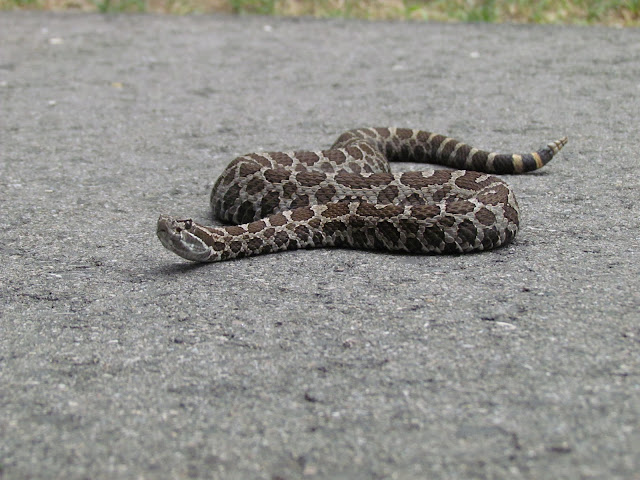Photo from trail camera in Houghton County - Michigan DNR
Allthough myth, mystery and misunderstanding surround cougars (mountain lions), what can no longer be denied is that cougars are part of the Michigan wildlife landscape, a fact confirmed again by a trail camera as another big cat returns to its ancenstral habitat. This time a stealthy ghost cat was confirmed in northern Houghton County, captured on a trail camera (photo above) on September 24th. The press release from the Michigan DNR follows. All good info but I always smile to myself when I read part of the standard warning "-
try to appear larger than the cougar" If I wrote the warnings I would be tempted to add a slice of humor
" - try not to wet yourself if you sight a cougar" And when I head back to Sleeping Bear Dunes National Lakeshore for a night hike in a few weeks I will think of the cougars that have trekked the dune side trails. For the past several years the National Park Service has posted cougar advisory signs on those trails on our side of the big bridge connecting the two slices of wild Michigan.
DNR Confirms Presence of Cougar in Houghton County
The Department of Natural Resources today confirmed the presence of a cougar in northern Houghton County. The animal was captured on a trail camera on Sept. 24, walking directly toward the front of the camera and clearly showing it has a radio collar.
DNR Wildlife Division staff visited the property Sept. 26 where the trail cam is mounted and verified the location of the camera. The property owner wishes to remain anonymous.
This is almost certainly the same cat as was confirmed in Ontonogan County on Sept. 8.” said Adam Bump, a wildlife biologist with the DNR’s Cougar Team. “What is also interesting is that the Wisconsin DNR earlier verified two trail camera pictures of this cat as it passed through Wisconsin on its way to the UP.”
The DNR is still in the process of tracking down where the cougar is from and has been checking frequencies from collars of cats from South Dakota. Only western states currently have cougars collared for research projects, so the animal likely traveled a great distance to reach the Upper Peninsula.
The Department will inform the public as soon as more details are known about this cougar.
Cougars, also known as mountain lions, originally were native to Michigan but were thought to have been extirpated around the turn of the last century. The last known wild cougar taken in Michigan was killed near Newberry in 1906. However, sightings are regularly reported and although verification is often difficult, the DNR has verified sets of cougar tracks and confirmed the location of a cougar photo in the eastern Upper Peninsula in 2009 and several sets of cougar tracks in Marquette and Delta counties in 2008.
Established cougar populations are found as close to Michigan as North and South Dakota, and transient cougars dispersing from these areas have been known to travel hundreds of miles in search of new territory. Characteristic evidence of cougars include tracks, which are about three inches long by three and a half inches wide and typically show no claw marks, or suspicious kill sites, such as deer carcasses that are largely intact and have been buried with sticks and debris.
Reports of cougar tracks and other evidence should be made to a local DNR office or by calling the department's 24-hour Report All Poaching line at 800-292-7800. If a citizen comes into contact with a cougar, the following behavior is recommended:
- Stop, stand tall, pick up small children and do not run. A cougar's instinct is to chase.
- Do not approach the animal.
- Try to appear larger than the cougar. Never take your eyes off the animal or turn your back. Do not crouch down or try to hide.
- If the animal displays aggressive behavior, shout, wave your arms and throw rocks. The idea is to convince the cougar that you are not prey, but a potential danger.
- If a cougar attacks, fight back aggressively and try to stay on your feet. Do not play dead. Cougars have been driven away by people who have fought back.
Cougars are classified as an endangered species in Michigan. It is unlawful to kill, harass or otherwise harm a cougar except in the immediate defense of human life. For more information about the recent cougar tracks and photo, call your local DNR office to report it or report it on our website. To learn more about cougars and how to identify their tracks, go www.michigan.gov/cougars.
The Michigan Department of Natural Resources is committed to the conservation, protection, management, use and enjoyment of the state's natural and cultural resources for current and future generations. For more information, go to www.michigan.gov/dnr.

 RSS
RSS























































